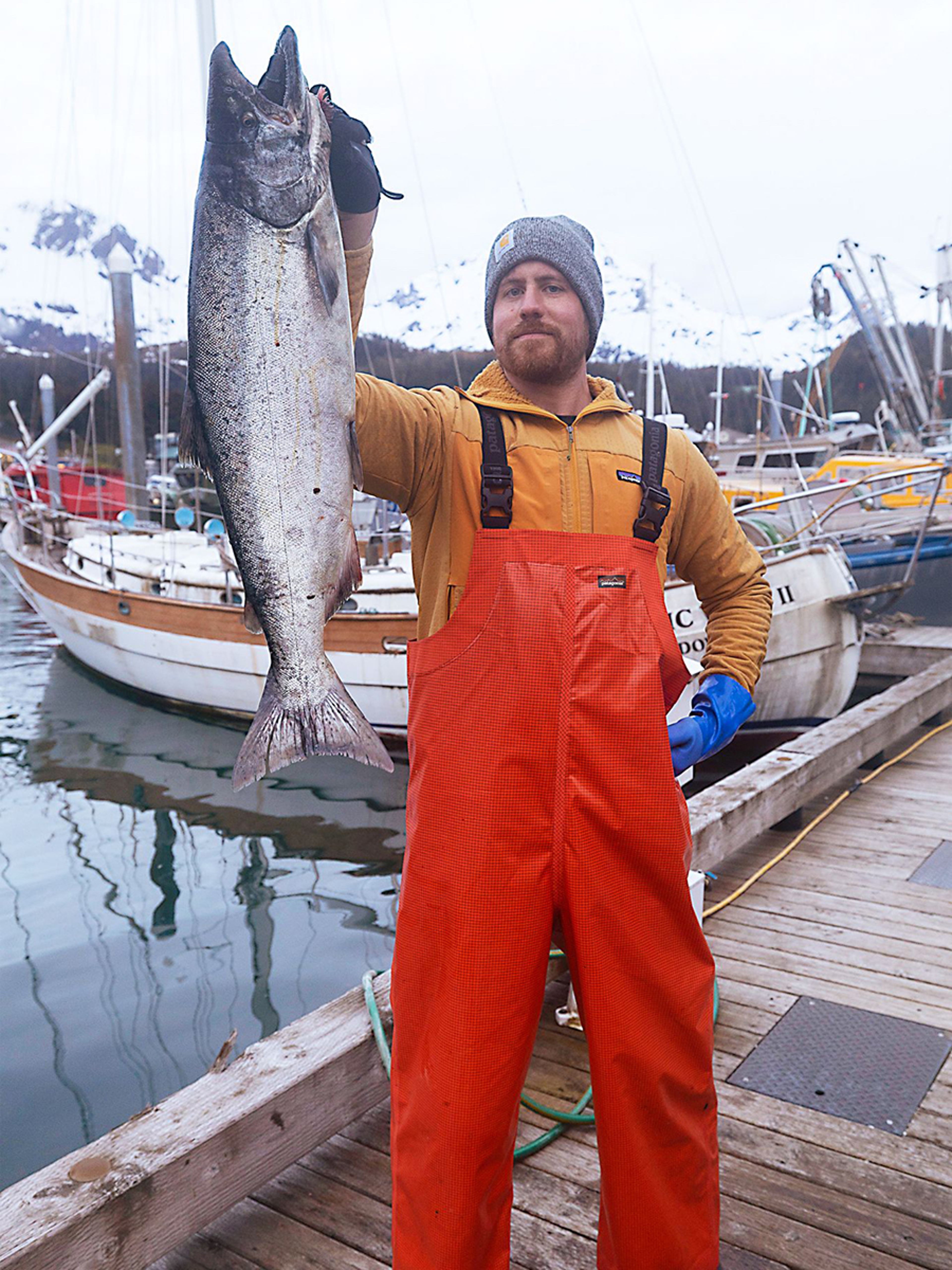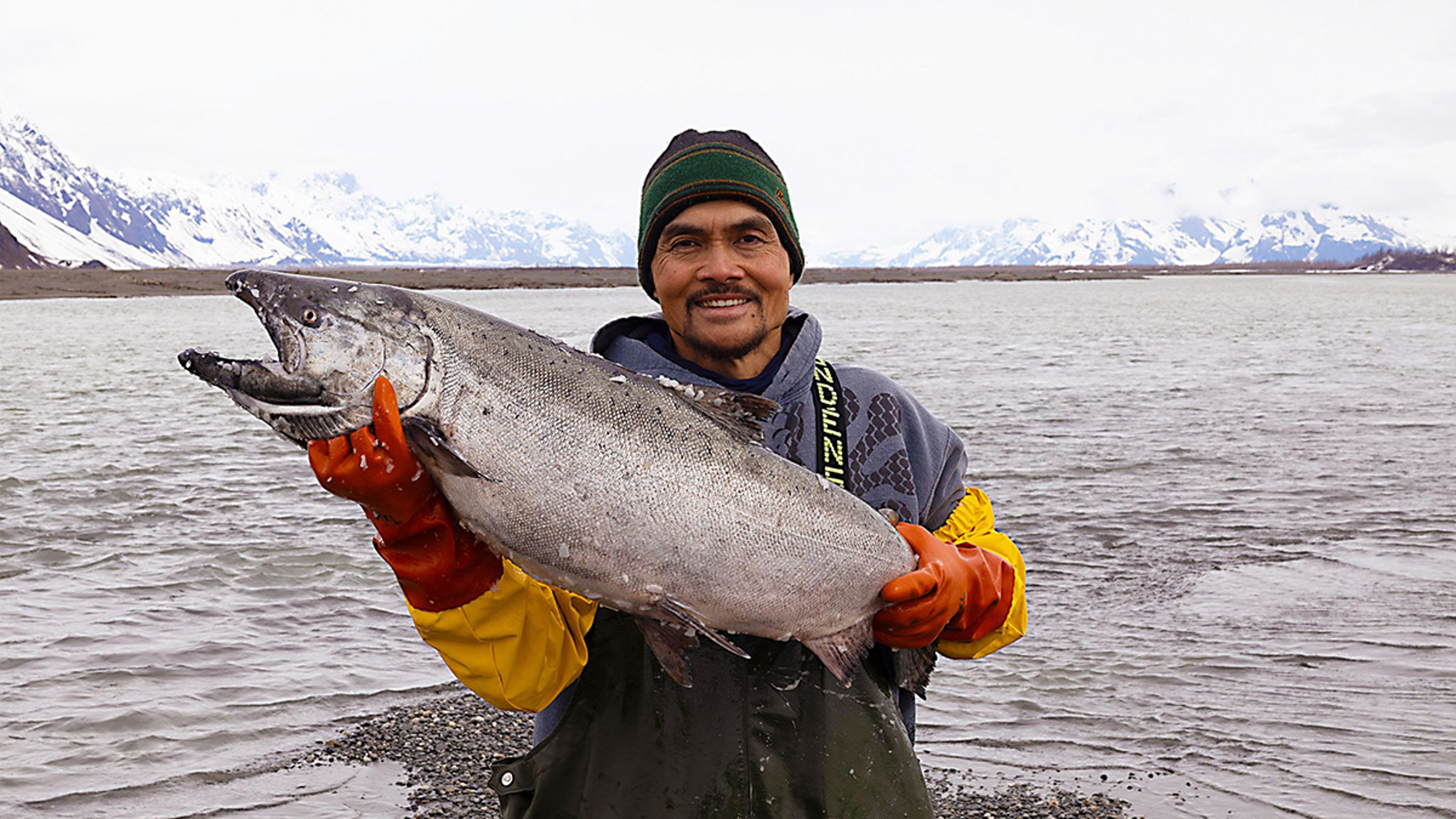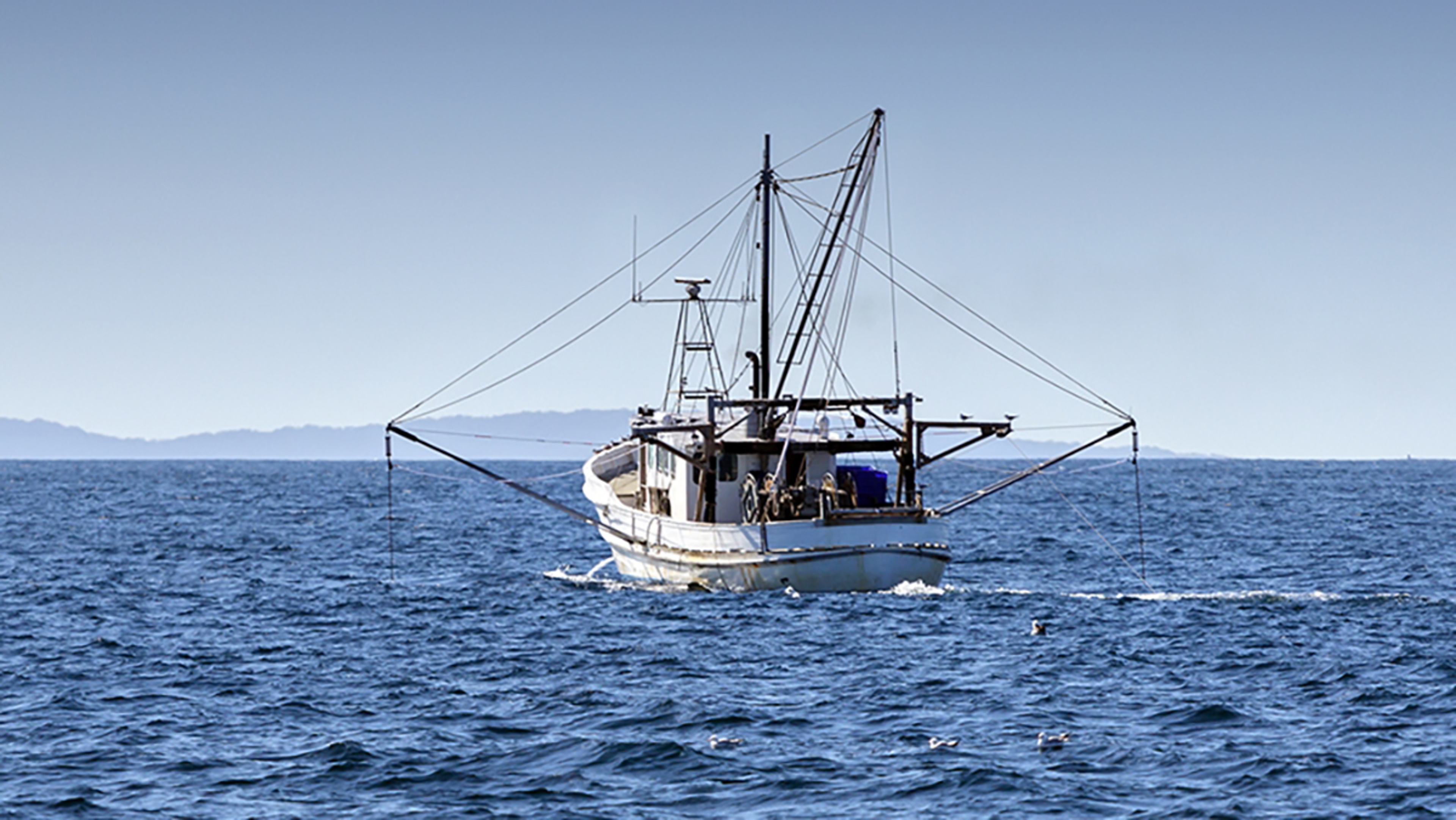Life of a Fisherman
There are many people in Alaska to thank for that wild-caught fish on your plate.
May 07, 2025
Every spring in Cordova, Alaska, the small and usually quiet port city of about 2,400 people near the Copper River, roars to life. The start of the fishing season brings both excitement and determination. The fishermen head out into the icy waters; an industry revs itself back up.
Spring means “the salmon are here. We get to start making money again,” says an excited Scott Blake, CEO and cofounder of Copper River Seafoods, a Vital Choice supplier. He notes that the river earned its name from a previous source of income for the community, copper mining, but now catching and processing seafood is Cordova’s bread and butter.
Blake and his multi-generational fishing family represent a lifestyle that’s existed in this part of Alaska for decades, if not centuries. Grandfathers, fathers, sons, and daughters fish together, passing knowledge and expertise from one generation to the next.
Their work allows consumers in the Lower 48 states, and all over the world, to experience the incredible flavor of Alaska’s wild-caught seafood — its halibut, black cod (or sablefish), and salmon from king to coho to sockeye, to name just a few. Catching the fish isn’t always easy, yet the life of a fisherman can be rewarding. It also has its share of hazards.
A tough but lovable career
Many of the fishermen from Cordova, which is only accessible by plane or boat, learned to fish when they were very young. Mike Webber says he started fishing commercially in his teens and by his 20s had settled into a career that is now over four decades long. At age four, he gained his first exposure to the canneries, and at six was going on fishing trips. “I understood the fish before I even went out to catch them,” Webber says.
“I think my favorite part about being out on the boat is the scenery that you get to see, which a lot of people won't ever be able to see in their lifetime,” says Kari Gilman, who, along with her brother, is part of Cordova’s new generation of fishermen. (Their father Sean is a veteran fisherman.) “I'm really thankful for the mountains, the water, trees, the glaciers and waterfalls.”
READ MORE: Why Fish Lovers Need to Visit Alaska
“We spend every day possible outside,” says Makena O’Toole, a veteran fisherman. “There's no TV or Nintendo in my house. There’s a lot of incentive to do stuff outside — a lot of hunting, fishing, and trapping.”

In a way, the fishing lifestyle in Alaska is romantic, but it can also be dangerous — even deadly. “People go swimming sometimes… not intentionally,” O’Toole notes wryly. Fishing in Alaskan waters can mean navigating waves dozens of feet high.
There are also economic, environmental, and financial elements at play, making this profession even more challenging. Whether commercial fishing is baked into one’s DNA or happens onto one’s career path, working in the industry recalls the 1980s Peace Corps recruitment ads describing “The toughest job you’ll ever love.”
“To be successful, you have to like the lifestyle,” explains William Evans, a one-time geologist who became an Alaska fisherman about 40 years ago. Evans pilots his boat, the Bella Donna, out of Cordova, fishing for salmon and other species in and around the Copper River and Prince William Sound. Appreciating the lifestyle doesn’t guarantee success, he adds, but it’s essential to having even a shot.
Being a fisherman is no ordinary 9-to-5 job. A fisherman in Cordova typically fishes solo or with a small crew and owns his or her boat, as well as the permits and quotas. The quotas allow the Alaska Department of Fish and Game to manage the stocks of seafood species and ensure sustainability.
READ MORE: Copper River Salmon 2025 Forecast
There’s a lot at stake. Fishermen need to meet their quotas to earn enough money. They bring the seafood into facilities owned and operated by companies like Copper River Seafood, which package and distribute the catch. The process not only allows wild Alaskan seafood to reach consumers, including Vital Choice customers, but also generates revenue that ensures the survival of the community.
Superior seafood
While few Alaska fishermen glamorize their profession, they are all aware that the end result of their hard work is one of the best-tasting, healthiest proteins on the market.
Blake says that navigating the 300 miles of winding, “ferocious” waters in the Copper River enables king and sockeye salmon to build up a high level of oil content and fat to survive the journey. “That’s where the flavor comes from,” Blake says.
He adds, “Copper River salmon is a gift. God gave us that gift, and we're blessed to have it. We want to share it. We think we have an amazing resource.”
Webber implies that the Copper River king salmon may have aphrodisiac qualities. “We call it the ‘I love you’ fish, because when you take a bite and you look at the person you’re with, whoever it may be, you want to say, ‘I love you.’”
One of the perks of fishing in the Last Frontier State is getting direct access to some of the best, if not the best, seafood in the world. Most fishermen from Cordova, and up and down the Alaska coastline, will rhapsodize about the pleasures of grilling halibut or black cod, or any type of salmon.
READ MORE: Our Favorite Grilled Fish Recipes
“I love Copper River king salmon because you don't have to put anything on it,” says Sean Gilman (Kari's dad). It's pretty much salt and pepper, and the flavor of the fish speaks for itself.”
Of course, all types of wild Alaska seafood thrive in a myriad of recipes that are slightly more complex than simply adding salt and pepper. Though keeping it simple can pay dividends. Just remember: While enjoying the delicious wild-caught fish dish, there’s an Alaska fisherman to thank for it.







